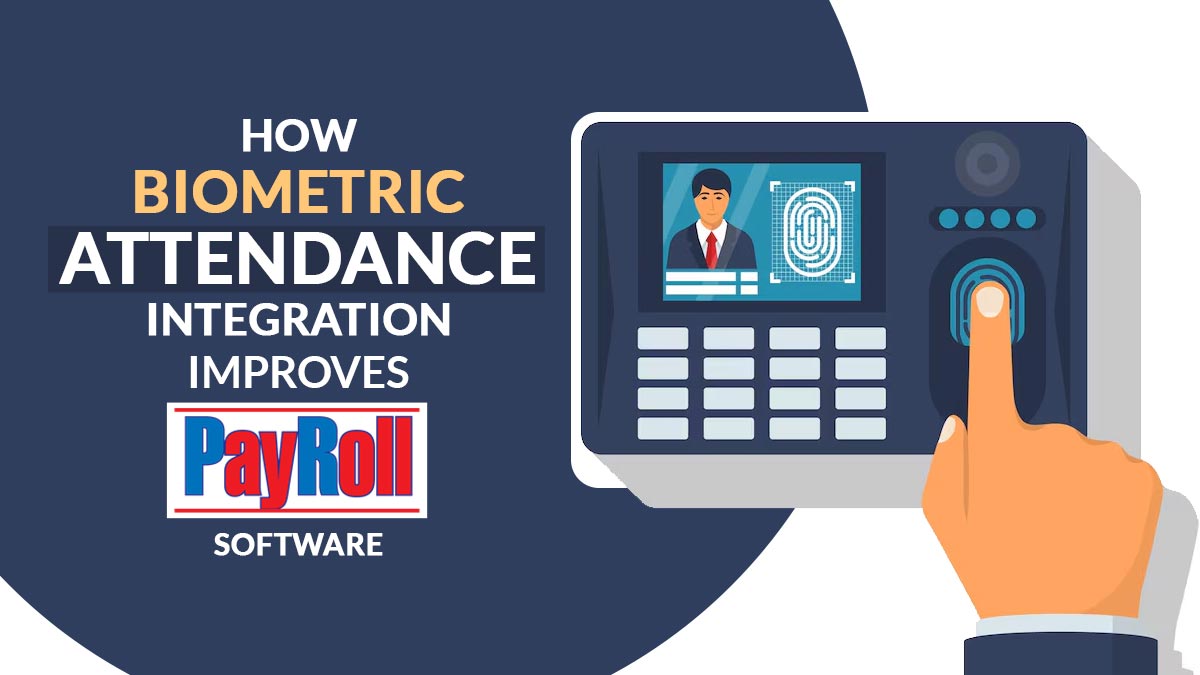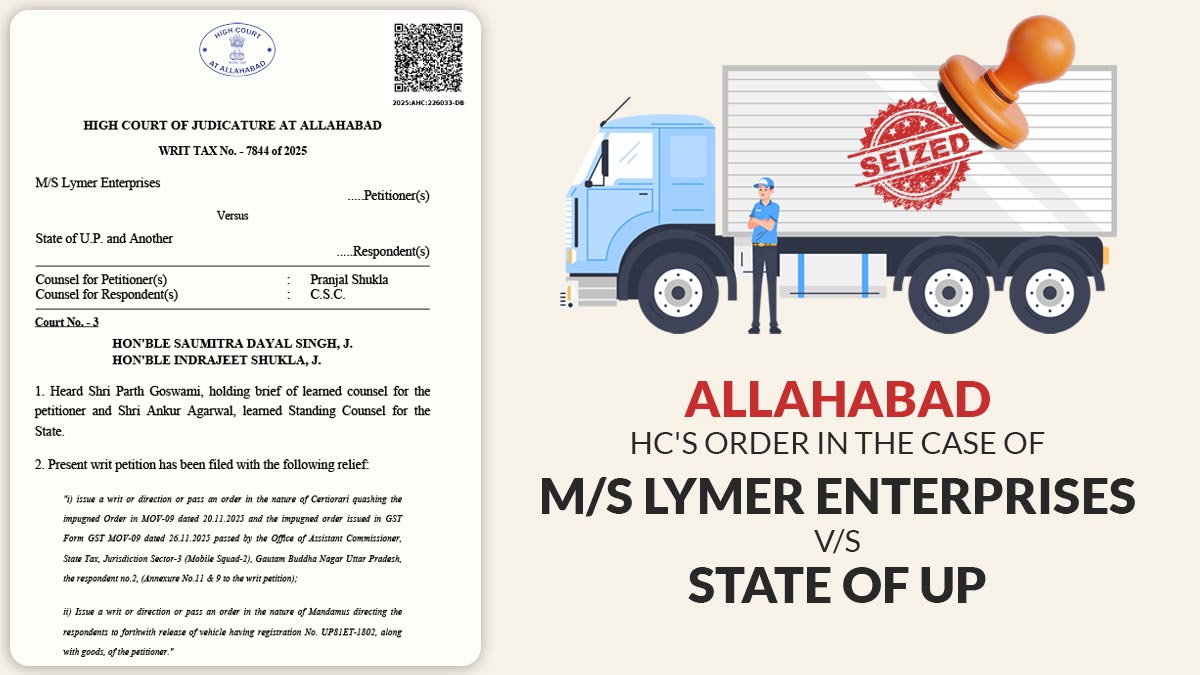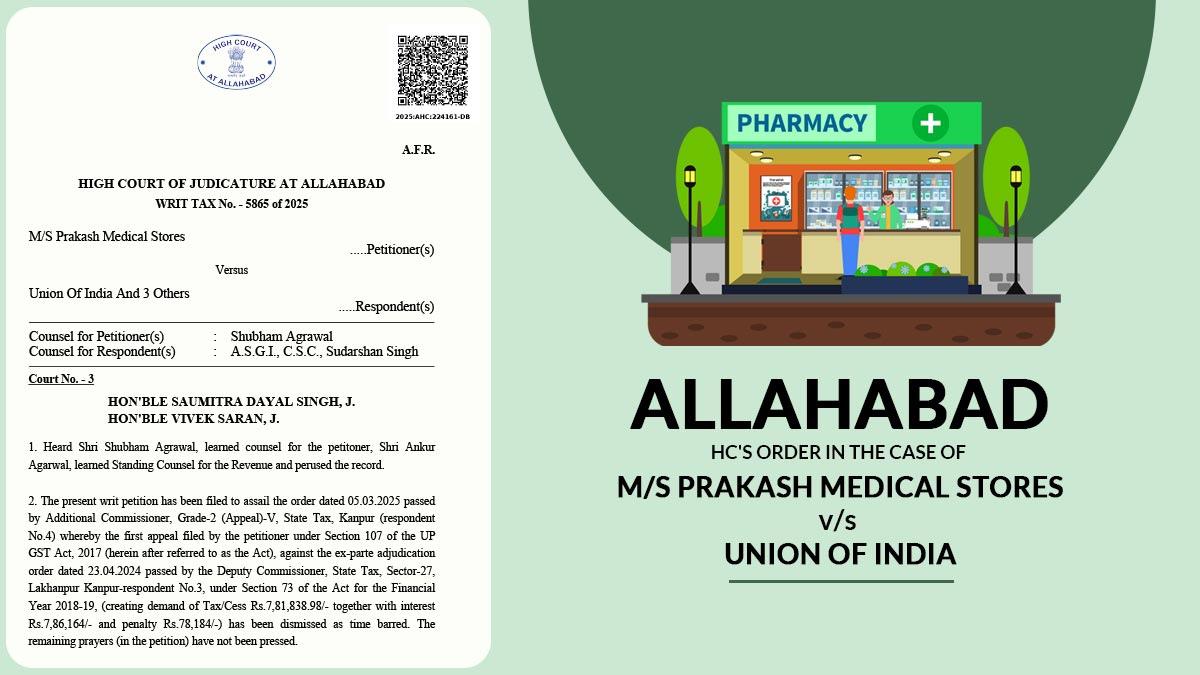
A new concept of supply of goods or services is brought under the Goods and Services Tax (GST). The supply made simultaneously irrespective of the relation will be included under it. The supplies can be of two kinds:
- Mixed Supply
- Composite Supply
The supply under composite supply can be understood by comparing it to the Service Tax Laws, but the mixed supply is a fresh concept brought under GST.
Supply Under GST
The ‘supply’ under GST consists of all the goods and services supplied with respect to GST. The transaction can be any kind:
- License
- Rental
- Import of services
- Sale
- Transfer
- Barter
- Lease
- Disposal
- Exchange
All types of imports whether made for the expansion of business or otherwise should be included under this. Other activities listed under Schedule 1 of the Goods and Services Tax Act, 2017, will also be included under this.
Read Also:- Free Supply of Goods Under GST: Rules and Provisions
Importance of Mixed and Composite Supply
The GST Law defines the rate of tax to be applied to different commodities. The GST council keeps on introducing any changes made in the rates which make it easier to calculate the rate on different products and services. In certain cases, the products or services are interlinked with each other. For example, a vendor may provide installation services along with the sale of cameras. Under such cases, the concept of supply helps in determining the rate to be applied to the product or service supplies. Hence, it is important that the supply can be characterized under a mixed or composite supply which helps in ascertaining the rate of tax applicable to such supplies.
Bundled Supply Proper Examples
A bundled supply can be considered as a group of two or more goods or services supplies. The following points will help in ascertaining the nature of goods or services as bundled supply:-
- If the products or services are considered as a package by the buyers then such a package will be called bundled supply. Such as hotels and food.
- If the providers provide the products or services as a package such package will be considered as a bundled supply. Such as airlines and food.
- Nature can also prescribe whether they are bundled or not. Such as hotels and laundry services.
- If the products or services are not available individually.
- If the products or services are advertised collectively as a package.
Read Also:Goods and Services Tax Impact on Hotel and Tourism Industry
Composite Supply Proper Examples
The composite supply comprises those products or services that are generally made available in a package only, along with a principal product or service. These are called natural bundles. The products or services under this supply are those which can not be sold individually. The following ways will help in deciding the nature of products or services under composite supply:-
- If the products or services are sold as a combination, usually
and
- If the products or services are a type of natural bundle and can not be sold individually. (If this condition is unfulfilled, then the bundle of products or services will be considered a mixed supply)
Under such cases of composite supply, the GST is to be charged on the whole package according to the rate applicable to the principal product or service. For example, the packaged goods are transported with insurance, then the GST will not be applicable on goods, insurance, transportation, packaging material and packaging individually rather, GST on goods will be applied.
Time of Supply- If the principal is a service then the time of supply will be taken according to the rules of undersupply of services and if it is a product then the time of supply will be taken according to the rules of supply of goods.
Mixed Supply Proper Example
The bundle of products or services for which a single price is paid by the individual then such bundles will be considered a mixed supply. The products or services under mixed supply can be sold independently and are not related to each other in any way. The following ways will help in deciding the nature of products or services under mixed supply:-
- A single price is paid for the whole package.
and
- The products or services can be sold individually.
Under such cases of mixed supply, the GST is to be charged on the whole package according to the highest rate applicable to different types of products or services under that package. For example, if a gift box consisting of nuts, chocolates, dry fruits and aerated drinks is sold, then the rate of GST will be charged at the rate of 28% as that is the highest rate amongst the different products (GST on aerated drinks 28%). If the person would have brought the products individually instead of in a gift box then the rates of GST would have been applied individually and it would not have been a mixed supply.
Time of Supply- If the highest rate of GST is that of a service then the time of supply will be taken according to the rules of undersupply of services and if it is that of a product then the time of supply will be taken according to the rules under supply of goods.
Recommended: Ten Most Worrisome Issues for Traders from GST India
How to decide whether a package is under Mixed or Composite Supply?
To decide the nature of the supply, you will have to examine whether the given package is under composite supply or not. If it is not a composite supply then it will be considered a mixed supply. If the package is not formed naturally, then it will be considered a mixed supply.
Difference between Mixed and Composite Supply
| Particulars | Composite Supply | Mixed supply |
|---|---|---|
| Main item | Principal item | An item with the highest tax rate |
| Tax rate applicable | Tax rate of the principal item | Highest tax rate of all the items |
For further clarification of any doubts, you should check the Goods and Services Tax Act, 2017.










To move taxable goods from my factory premises to GTA Transport office for supply to the buyer through local transport i.e. Auto or mini carriage vehicles (Un registered) at the time we have paid outward freight charges to un registered persons with RCM -5% (Input & Output shown in GSTR-3B) in this regard we booked expenses as Outward freight Charges in Profit & Loss account. But, GST Officer not accepted by GST RCM-5% input taken, They demanded 18% GST. So , pls give the advice which is the correct? pls provide any document evidence or Legal judgement copy
“Please consult the same with GST Practitioner”
Need to understand mix sweets and bundle packs etc
If a school hires another organization to train their students in a particular subject or skill and the same is delivered during the regular school hours, will it be considered as a composite supply ? Education being the principal supply in a school the service given by the third party to the students will it be Education or commercial coaching? ( This is not after school hours coaching)
Kindly clarify…
It seems you have not understood the concept of “Composite Supply” or “Mixed Supply” under GST Law. In your case, it is outsourcing of some organization for imparting knowledge or skill in a particular field in the School which in no way can be fitted into the definition of “Composite Supply” or “Mixed Supply” as contained in GST Law. Your case will be governed by separate provisions of GST Law. Thanks.
I am suppling Wooden pallets and also provide packing services, which includes packing material and labour part.
for export purpose. All these items are bundled package to form a palletized (one unit)
The rate of GST of wooden pallet is 12% and packing material is 18%.
Can this be treated as composite supply, if yes, at what rate i should prepare a inovoice.
If supplying wooden pallet is mandatory for supplying ‘Package Service’ to your client, then it is a “Composite Supply”, principal supply being ‘Package service’ and GST rate of 18% applicable to ‘packaging service’ would be levied and collected.
I service a wrist watch it is require battery, glass and band. What is rate of gst in this situation?
18%. If you go to a car dealer for servicing of your car and if it is seen during servicing that certain materials/parts are required [supply of goods here] then it is a composite supply, principal supply being servicing of your car and GST rate of supply of service will be levied and collected. So going by the same analogy, in your case, principal supply is servicing of your wrist watch, hence it is 18%. Thanks.